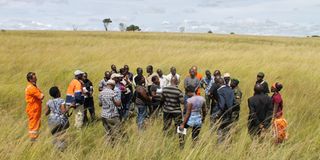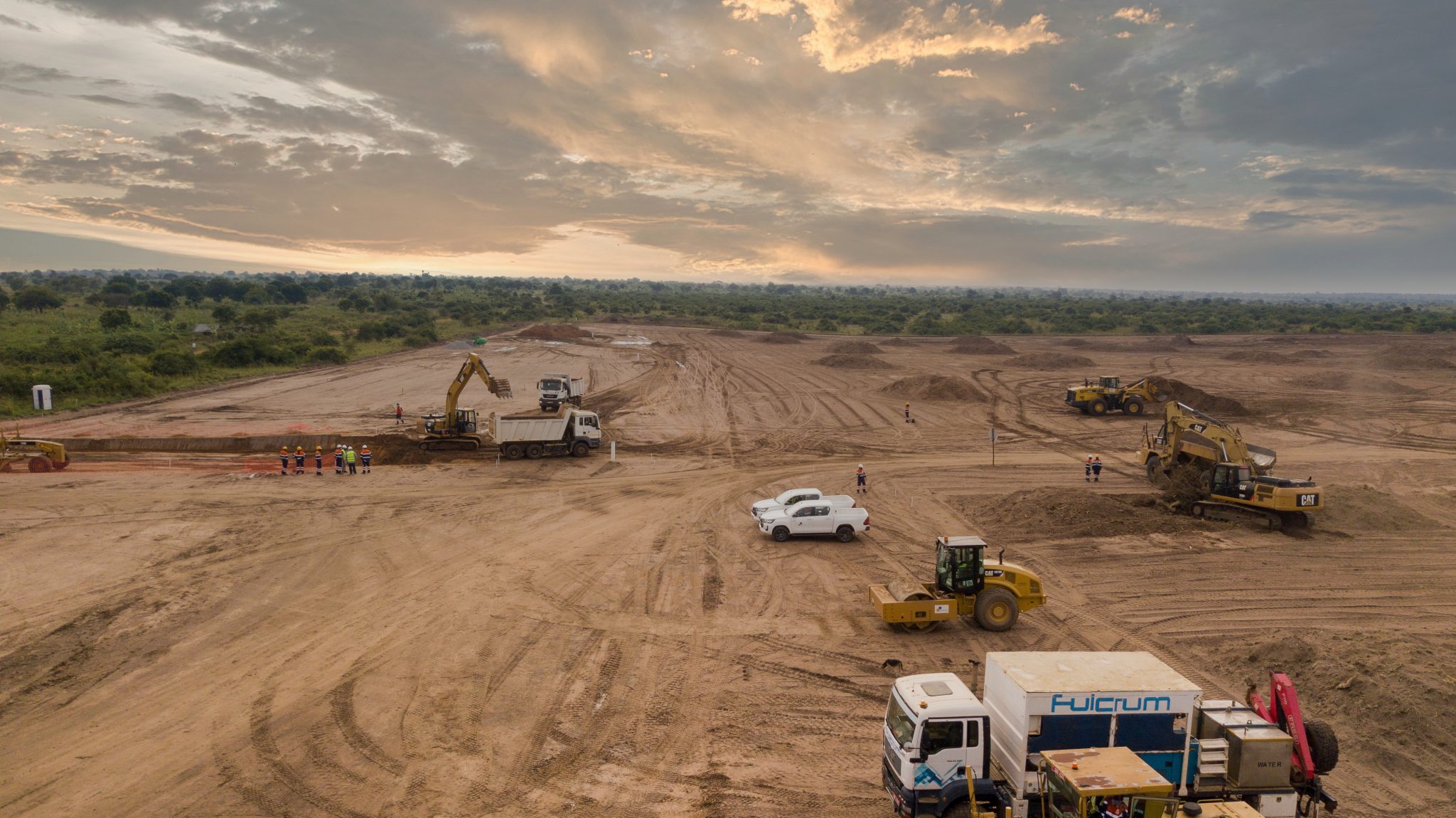Prime
Environmental protection is a priority at every oil phase

There are concerns that oil production might interfere with nature. However, PAU says enough safeguards have been put in place to prevent this from happening. PHOTO | courtesy
A lot has been said since the announcement of the Final Investment Decision, a flagship phase for first oil expected by 2025.
A section of Ugandans in both mainstream and social media have raised environmental and social concerns with some suggesting that by the time Uganda starts production, oil and gas will have no value because of the shift from oil and gas to renewable energy.
This gives the impression that the oil journey is progressing in disregard of environmental and social protection and global “energy transition”.
There appears to be an agenda of “environmental fashion” driven by some environmental activists, which does not consider the uniqueness of developing countries such as Uganda, and Africa in general, and lacks a clear understanding of Uganda’s oil journey to date.
Therefore, in a series of articles, I will address some of the questions and concerns around greenhouse gas emissions, climate change, energy transition, pollution and social concerns in relation to the planned oil and gas developments.
In this article, I will give a snapshot of Uganda’s oil journey and the environmental and social safeguards on which the sector is anchored.
When commercial quantities of oil and gas resources were confirmed in Uganda in 2006, government embarked on a process to ensure that oil and gas are utilised sustainably to create lasting value.
The process dates back to 2008 when the National Oil and Gas Policy was developed with subsequent laws updated to address environmental, social and governance issues as well as petroleum waste management, climate change and oil spills.
Several tools have been developed to monitor and manage environmental and social issues from oil and gas activities, which include the Strategic Environmental Assessment (SEA), approved by Cabinet in 2013.
At the time, Uganda was among the first African countries to undertake a Strategic Environmental Assessment and was the first time such a comprehensive assessment was undertaken for a project of any kind in Uganda.
The Strategic Environmental Assessment brought out a holistic view of the key environment and social issues such as petroleum activities in protected and environmentally sensitive areas, co-existence with local communities and management of discharges and emissions from the petroleum industry.
These issues were integrated into the policies, plans and programmes that were consequently developed to govern the industry.
From the onset, highly sensitive environments were mapped and avoided during the planning for infrastructure and detailed environmental and socio-economic baseline acquired to facilitate monitoring of impacts from oil and gas operations.
All major oil and gas developments, including, the Tilenga, Kingfisher, the East African Crude Oil Pipeline (EACOP) and Refinery projects were first subjected to a preliminary environmental and social screening process that informed the conceptual design of the projects.
Subsequently, an impact assessment process was undertaken in line with national environment laws and international best practices. The environmental and social impact assessment process provided the host communities and the general public an opportunity to freely express their views on how they might be affected by the projects.
In addition to the comprehensive stakeholder consultations that were undertaken over a period of more than one-year, public hearings were held for the Tilenga, Kingfisher and EACOP projects between 2018 and 2020.
The feedback from the consultation process further informed the design of the projects, but also formed part of the basis for setting mitigation measures for the identified potential negative impacts and public concerns.
The Petroleum Authority of Uganda (PAU), as the regulator, works closely with licensed oil companies and other government and non-government partners to ensure protection of the environment, human health and safety during oil and gas activities.
During the planning and design phases, government ensures that oil companies adopt sound environmental technologies and minimise footprint of petroleum operations.
For example, in 2013, during 3D seismic acquisition within Murchison Falls National Park, a modern cable-less technology that did not require any clearance of vegetation was used.
At the time, Uganda was the first country where such technology had ever been used on a land (onshore) oil and gas project.
The planned Tilenga, Kingfisher and EACOP projects will be developed by applying energy efficient and environmentally friendly technologies that will include multiple drilling of up to 15 wells from a single well pad and sharing of facilities in order to minimise environmental footprint.
The Tilenga project facilities in Murchison Falls National Park have been sited and designed in a manner that will have negligible impact to tourism and wildlife.
For example, the wellhead equipment including production pumps will not be visible to tourists and will not interfere with wildlife because they will be located below ground level and will have a bunding that blends well with the surrounding area.
The production facilities will be operated remotely, so human presence in the park will be minimal during production while the pipelines will be buried and equipped with leak detectors and valves to automatically shut down in case of damage.
The water that comes out with oil during production (produced water) will be injected back into the oil wells, which will greatly reduce the amount of freshwater abstraction by more than 90 percent and also avoid the huge volumes of wastewater requiring treatment and discharge into the environment.
No flaring or venting of oil or gas will be permitted during normal operations. Overall, the projects fall within the category of “low emission”.
Completed successfully
Major oil and gas projects have already been undertaken and completed successfully during the exploration and appraisal phases.
Thirty seismic surveys have been undertaken resulting in acquisition of close to 7,000 kilometres of two dimensional (2D) seismic data and 2,000 square kilometres of three dimensional (3D) seismic data.
At least 121 exploration and appraisal wells have been drilled with areas where these activities are undertaken fully restored after the activities.
Approximately 34,000 tonnes of drill cuttings and 5,700 square miles of drilling fluids that were used during the exploration and appraisal phases have been disposed-off.
This demonstrates why unlike other countries where petroleum activities have been associated with significant environmental and social impact, in Uganda, no significant impact has been caused by oil and gas activities.
Government is committed that this track record will be maintained during the production phase and a robust policy, legal, institutional, monitoring and compliance enforcement has been put in place.
to ensure that oil and gas activities mutually co-exist with the environment and social wellbeing of communities in the areas where oil and gas activities are being undertaken, and the country as a whole.
The author, Joseph Kobusheshe, is the Petroleum Authority of Uganda director environment, health, safety and security




